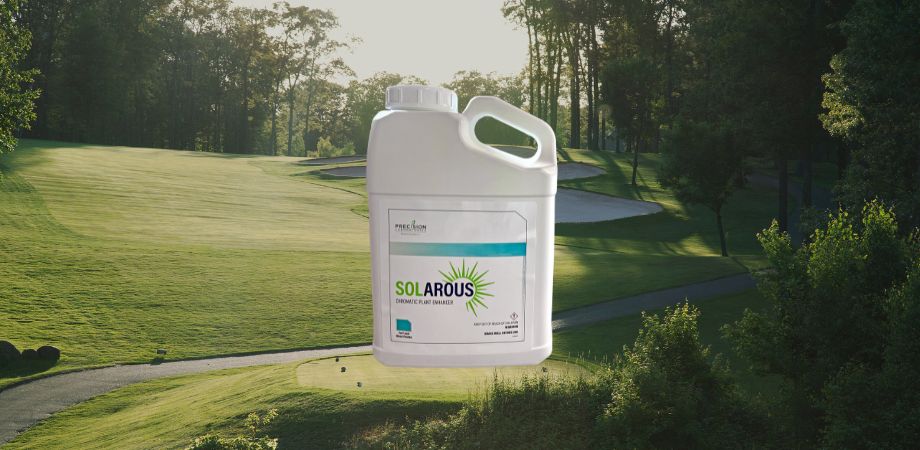We asked BASF a few questions about anthracnose. Learn what anthracnose symptoms consist of, how applications should be managed, and what challenges we face when controlling this disease.
What are the symptoms of anthracnose that we need to look out for?
Anthracnose can be a foliar blight or a basal rot disease. It predominately attacks annual bluegrass but can infect older varieties of creeping bentgrass. Anthracnose can occur throughout the growing season but is most common in the summer when the turfgrass is under stress.
The foliar type shows on individual leaves as small brown or yellow, even orangish cast, and does not have the vigor of a healthy plant. The basal type occurs when the pathogen infects the crown of the plant. The basal rot anthracnose typically kills turf, and thinning of turf is prevalent. Both types produce black acervuli that can be seen with a hand lens or microscope.
When should preventative applications for the disease begin?
As soon as possible, but especially before the summer stress begins. BASF Intrinsic® brand fungicides (Insignia®, Honor®, Lexicon®, Navicon®) are excellent choices as they provide proven plant health benefits to bolster the plant and help the plant defend itself from ancillary stresses. Using these products throughout the summer stress provide benefits beyond fungicidal activity.
If you miss the preventative application for anthracnose, what should you do?
As said above – don’t miss preventative applications and take measures early to mitigate any stress on the plant. Once anthracnose is visible that plant is severely weakened and can be an uphill road to recovery. Remove as much stress on the plant as possible – raise mowing heights, alternate rolling mowing, use fans for air movement, light topdressing (do not brush in), and balanced fertility and irrigation to name a few. Utilizing the BASF Intrinsic brand fungicides to provide a one-two punch of fungicidal activity and plant health will certainly help the recovery process. Maxtima® fungicide and Navicon Intrinsic brand fungicide are two DMI’s that are excellent on anthracnose and can be used in the heat of the summer without the negative effects of traditional DMI’s.
How many applications do you recommend we make to manage anthracnose, and when?
This will very widely based on geographic location and turf type, but most will be in a 3-5 application range.
What are the challenges we face when controlling anthracnose?
The pressure to provide excellent playing conditions can be a challenge. The additional stress on a turfgrass plant can lead to problems that are not limited to anthracnose. Each superintendent knows the balance between plant health and conditioning at their properties.












